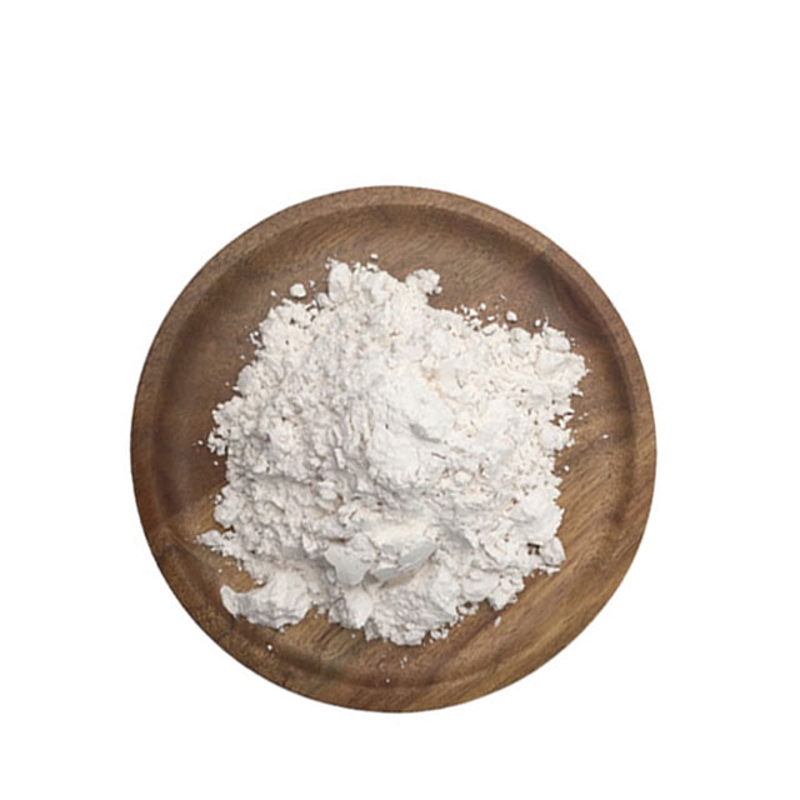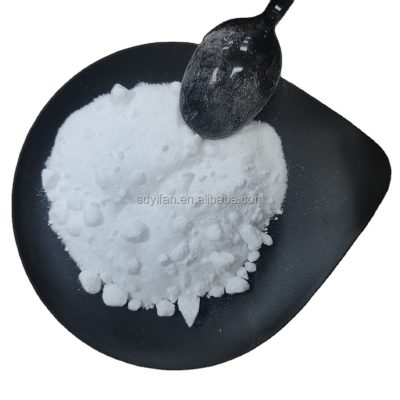-
Categories
-
Pharmaceutical Intermediates
-
Active Pharmaceutical Ingredients
-
Food Additives
- Industrial Coatings
- Agrochemicals
- Dyes and Pigments
- Surfactant
- Flavors and Fragrances
- Chemical Reagents
- Catalyst and Auxiliary
- Natural Products
- Inorganic Chemistry
-
Organic Chemistry
-
Biochemical Engineering
- Analytical Chemistry
- Cosmetic Ingredient
-
Pharmaceutical Intermediates
Promotion
ECHEMI Mall
Wholesale
Weekly Price
Exhibition
News
-
Trade Service
The United States explores green hydrogen as the main energy source for crackers
RUMSH RAMACHANDRAN, HEAD OF MEGVIN CONSULTING, SAID U.
S.
PYROLYSIS PLANTS WILL EVENTUALLY USE HYDROGEN AS THE PRIMARY ENERGY SOURCE TO SIGNIFICANTLY REDUCE THEIR CARBON FOOTPRINT
.
Once hydrogen is used as a fuel, plastics themselves will become more environmentally friendly
in terms of their carbon footprint.
Ramachandran pointed out: "Hydrogen, as a pyrolysis unit fuel, will revolutionize the carbon footprint
of downstream products such as ethylene and polyethylene (PE), ethylene glycol (EG) in the energy-intensive chemical industry.
This zero-emission green hydrogen, produced from renewable energy, will need to generate electricity from solar and wind power, then convert the electricity into hydrogen, and finally use hydrogen as fuel for the cracker, and it will take at least 5 years
to achieve this goal.
In future crackers, hydrogen will play an important role – not only for the heating of crackers, but also for new processes for
ethane to produce ethylene.
The European chemical industry could face a carbon bill of €1.
5 billion
In 2021, EU chemical producers under the EU cap-and-trade system could face a €1.
5 billion carbon bill, more than
double last year's €600 million, due to reduced carbon subsidies and rising prices.
In 2020, the European chemicals industry accounted for 8%
of total emissions from the EU Emissions Trading System (EU ETS).
In 2021, the fourth trading period of the EU ETS began, marking a significant change
in the free allocation of carbon credits for all industrial sectors in Europe.
Between 2021 and 2025, the basis for free carbon credits allocated to the European chemical industry will be reduced by up to 24%, which will lead to a significant increase
in the carbon bill faced by European chemical producers.
Demand for lubricants in Japan picked up again
In March, Japan's consumption of finished lubricants was 129,000 tons, up 15% year-on-year, the third year-on-year
increase in the past four months.
According to data released by the Ministry of Economy, Trade and Industry, Japan, as one of the world's six largest lubricant markets, Japan's lubricant consumption increased by 13% year-on-year in December last year, decreased by 13% year-on-year in January this year, and increased by 7%
year-on-year in February.
Like many other markets, lubricant demand in Japan fell sharply at the beginning of the pandemic early last year, but gradually rebounded
in the second half of the year.
In a short-term forecast released April 5, the Japan Center for Economic Research said it expects a steady recovery in exports of all Japanese products in the first half of fiscal 2021, and with a rebound in personal consumption, domestic commodity production will maintain strong growth
.
ExxonMobil and Chevron will face an even tougher situation
In 2020, ExxonMobil and Chevron are in a difficult situation
.
The next challenge, though, seems more intractable — figuring out what
investors want.
In 2020, both companies' total revenues fell by about 30%, and their long-term debt burdens increased by about $20 billion, the highest
in the past 20 years.
After a year of losses, both turned to net income in the first quarter of this year, and free cash flow was strong: about $6 billion for ExxonMobil and $3.
4 billion
for Chevron.
Given that both are out of the danger zone, investors will demand more from
them.
In the case of ExxonMobil, this will be reflected in a
proxy battle next month that appears to be gaining some support.
Chevron, for its part, is carefully balancing its financial position with buyback expectations
.
Over the past five years, returns on invested capital have remained in the single digits, far from historical levels, and investors have every reason to be hawkish
.







